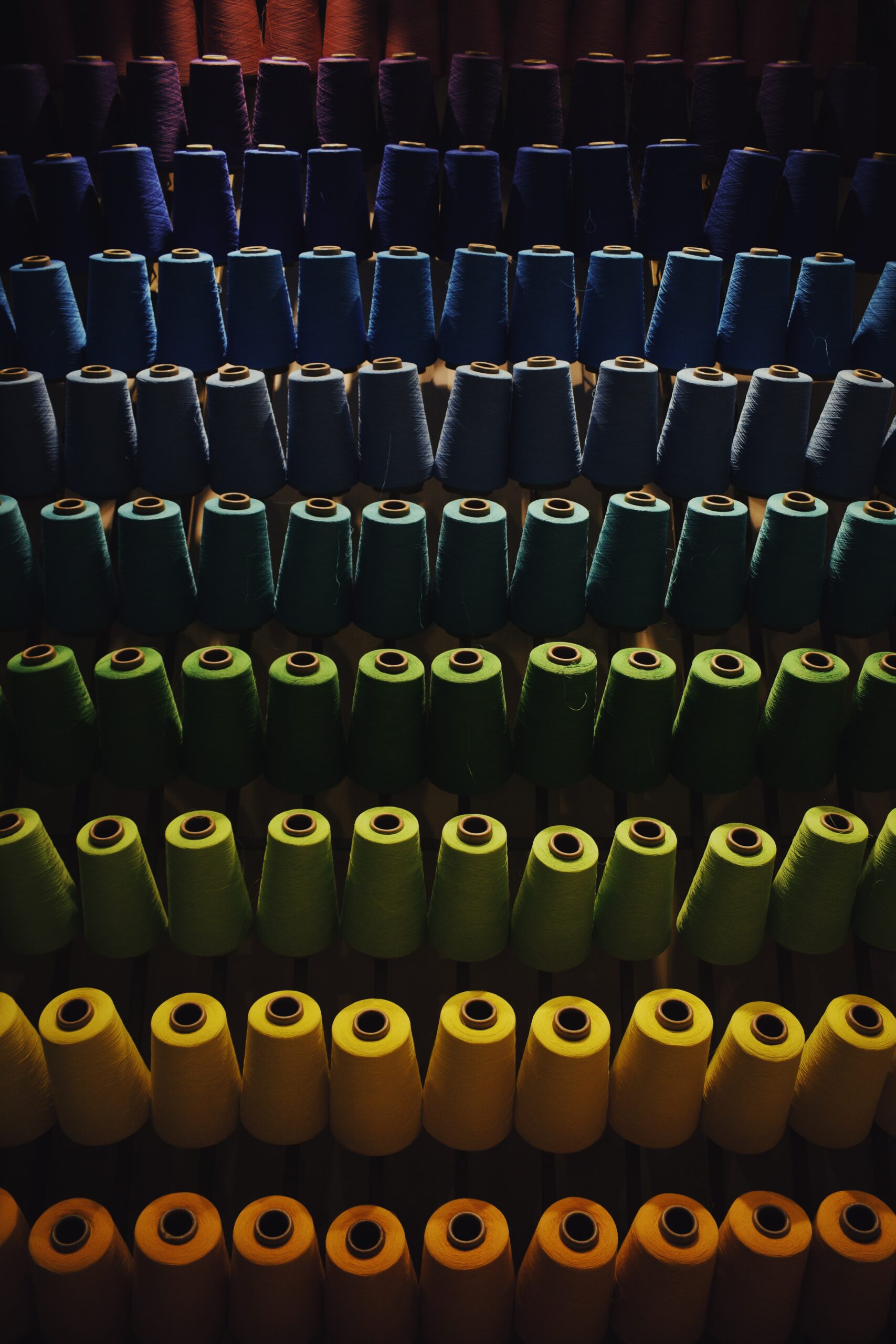Textile research in the UK: An Overview of Past and Current Research

For the past 30 years, textile research in the United Kingdom has undergone a period of intense growth. This growth was largely due to the government’s commitment to supporting research and innovation in the textile sector, which was made possible through the creation of the National Textile Centre (NTC) in 1992. The NTC’s primary objective was to provide a central location for the UK’s textile industries, as well as its associated academic institutions, to work together to improve the country’s textile industry.
Since its creation, the NTC has been successful in helping to improve the textile industry in the UK by supporting a wide range of research projects. One of the first major projects to be supported by the NTC was the Research for Industry project, which aimed to identify the textile research in the UK gaps and priorities that existed within the UK textile industry. This project provided a platform for the development of the NTC’s own research strategy, which is currently being developed by the NTC Research Management Group.
The NTC’s strategy aims to develop an environment that enables the research community to work together in order to develop new processes, products and services that will help to sustain the textile industry within the UK. In order to achieve this, the NTC has collaborated with many textile-related research institutions, including those at the University of Leeds, the University of Manchester, the University of Nottingham, the University of Sheffield and the University of Warwick. The NTC’s support for research has enabled the development of a number of important textile products, such as the high-tech fabric used in the Olympic Torch relay in 2012. The NTC’s research has also helped to improve the way that.
Textile Research In The UK
There is currently a need for textile research to be carried out in the UK. There are many factors at play here, including:
• New technologies require new products and new processes
• Global competition for world markets requires innovation and development of new products
• The environment of our planet is changing
• Globalisation of the textile industry means that we must respond to changes in the global market
• We must consider our customers and their needs
• We must develop new products and processes to meet the needs of our customers
Textile Research in the UK: An Overview of Current Progress and Opportunities for the Future
Textile Research in the UK is a multi-disciplinary, cross-governmental organization committed to strengthening the UK textile industry by supporting innovation and improving competitiveness. Since its formation in 1998, Textile Research in the UK has focused on research in the area of textiles, including the manufacturing, processing, design, technology, materials and end use markets.
Its work has involved collaborations with academic institutions and industry partners to develop new technologies and to tackle the challenges associated with the changing needs of society. The role of Textile Research in the UK is to provide the UK Government with objective, evidence-based information on the current state of the textile sector and to anticipate future requirements.
The Most Important Textile Research in the History of Humanity
There are two types of textiles, natural and synthetic. Natural textiles include wool, silk, cotton, linen, and hemp. Synthetic textiles include polyester, nylon, rayon, and acrylic. These textiles can be made from animal fibers, plant fibers, or petroleum products. Natural textiles are made from materials like cotton and wool. Wool is made from the hair of sheep. Cotton is made from the seedpods of the cotton plant. Linen is made from flax. Hemp is a type of cannabis sativa.
The History of Textile Research in the United Kingdom
Textiles have had a long history in the United Kingdom. This research history began with the Industrial Revolution in the late 18th century and continued until the 1970s. In the 1960s, the development of textiles was mainly influenced by the consumer market, which led to the introduction of synthetic fibres. Since the 1980s, textile research has mainly focused on sustainability.
The Industrial Revolution saw the development of new production processes and the development of machines. This created a demand for large quantities of cheap cloth, which stimulated the growth of the cotton industry. At the start of the 20th century, the British Government made cotton a major export industry in technical textiles research centre.

The development of the modern cotton industry began with the introduction of the Cotton Gin in 1780. Cotton Gin The Cotton Gin, developed by Eli Whitney in 1794, was the first successful invention to make cotton harvesting and processing more efficient. It was the first successful machine for the extraction of seeds from cotton, and it greatly reduced the cost of raw cotton. there is a need to do fundamental research of smart textiles and medical textiles manufacturing techniques.
In 1798, Eli Whitney's design was improved by his son, Eli Whitney, Jr., and this became known as the Whitney cotton gin. It took many years for the cotton gin to spread throughout the world. In the 1840s, it was introduced in the United States, where it played a crucial role in the industrialization of the country.
A New Book on Textile Research in the UK
The textile research in the UK is a relatively young industry. There are two types of textile research: the first is research into textile fibres, and the second is research into textiles themselves. Fibre research focuses on the natural materials used to make textiles, whereas textile research looks at the way textiles are made, used and designed.
Textile research has taken off since the early 1990s, when it became evident that there was a need for more specialist skills, especially in the areas of colour, pattern and design. However, this has not been reflected in funding for the research sector. In fact, the amount of money invested in the research sector has decreased significantly.
The UK government spends less than 5% of its total budget on R&D. This compares to the European Union average of 9.8%, the USA average of 13.4% and Japan’s average of 12.2%. As a result, the UK has a large deficit in terms of funding for research and development. This is a major problem for the industry, as the government cuts in research and development mean that new products cannot be developed, which means that the UK loses out on export opportunities.
The Government says that it wants to double the amount of research and development spending by 2020, but the reality is that it is unlikely to achieve this goal. Research and development expenditure for the UK has dropped from £2.6 billion in 2001 to £1.8 billion in 2011, a decline of 30%..
